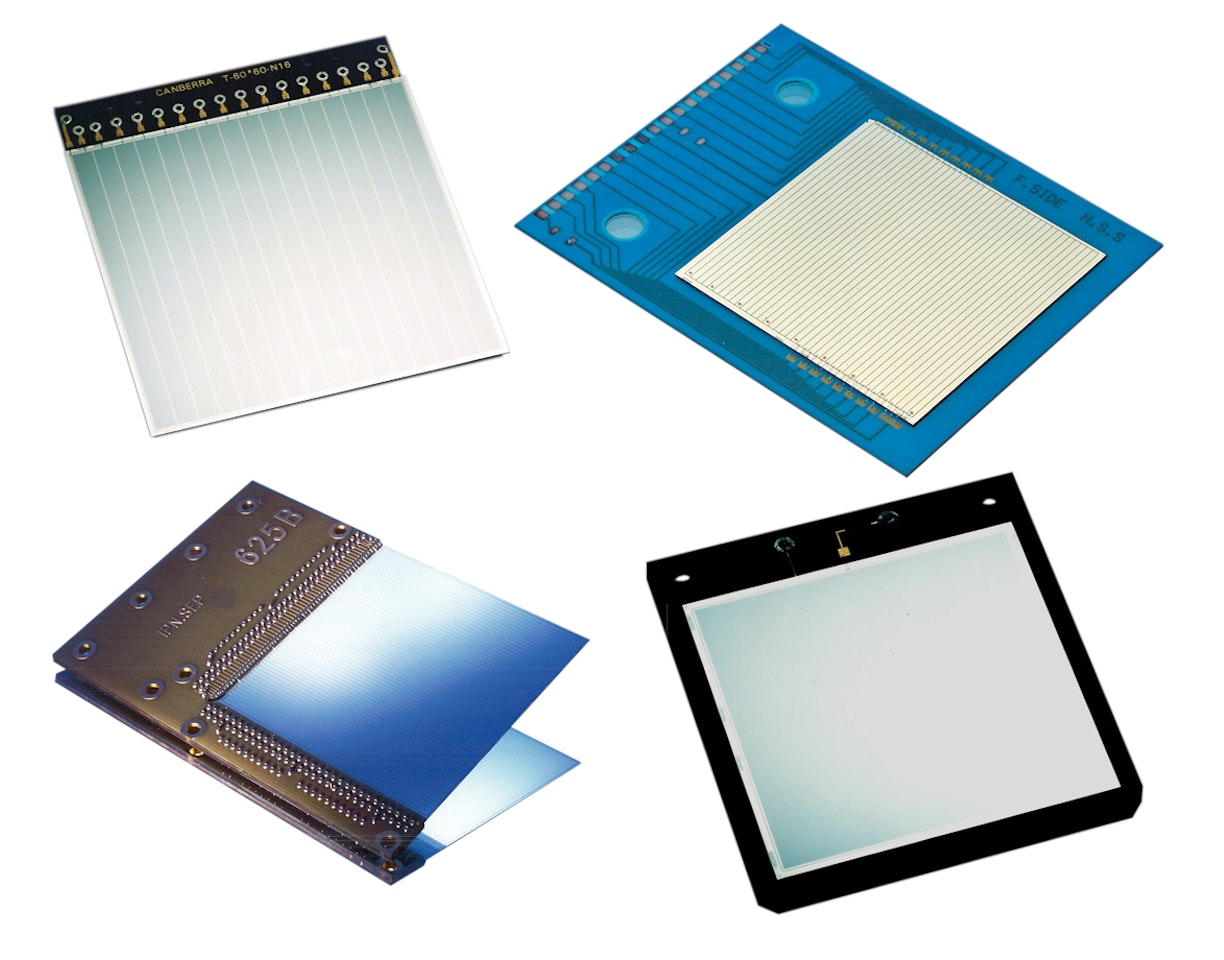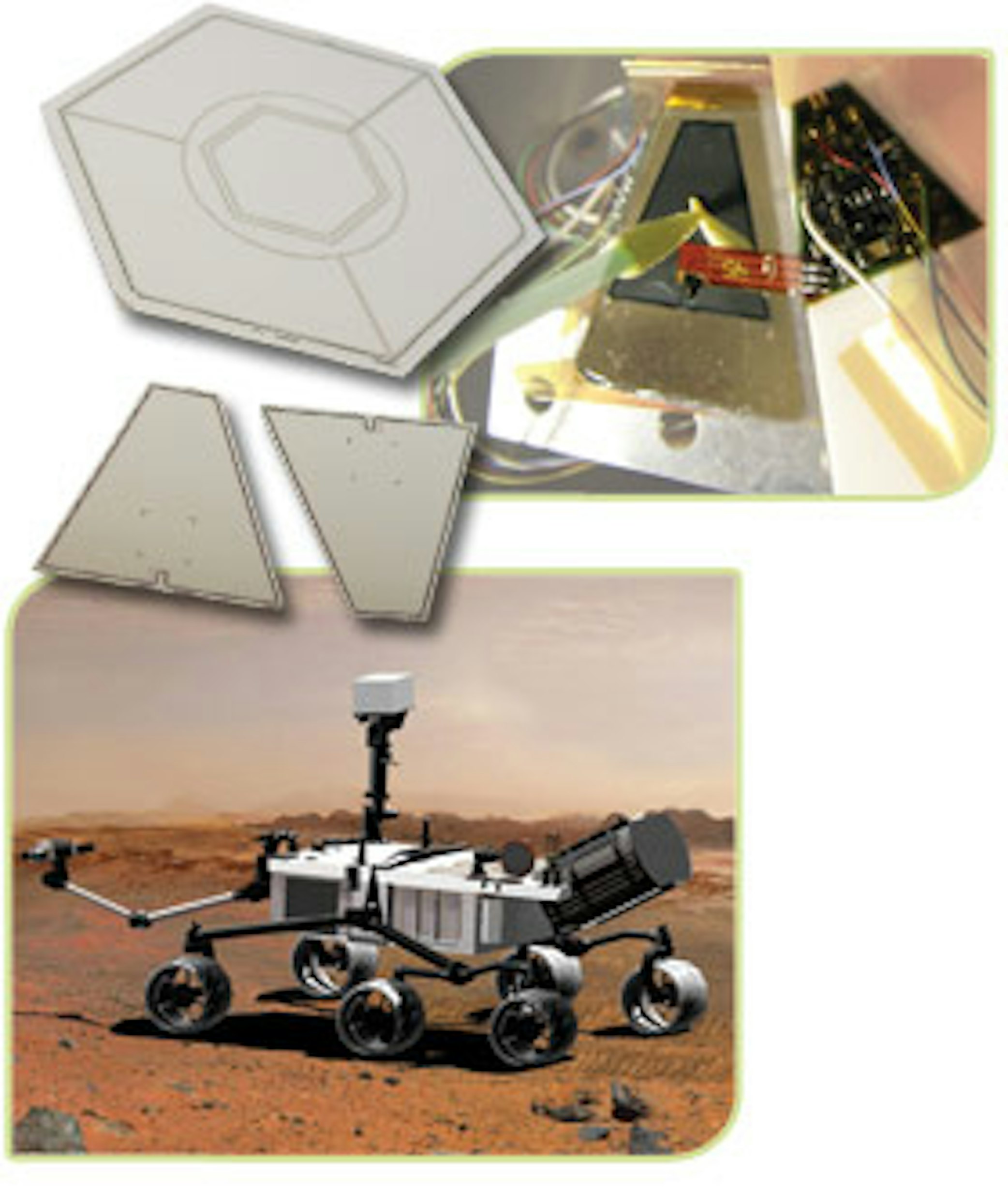
Single and Multi-Element PIPS® SMEPS detectors
As a result of Mirion's extensive work in Custom Design PIPS Detectors a number of these detectors, called SMEPS Detectors, are available at modest cost without a tooling charge.
As a result of Mirion's extensive work in Custom Design PIPS Detectors a number of these detectors, called SMEPS Detectors, are available at modest cost without a tooling charge.





